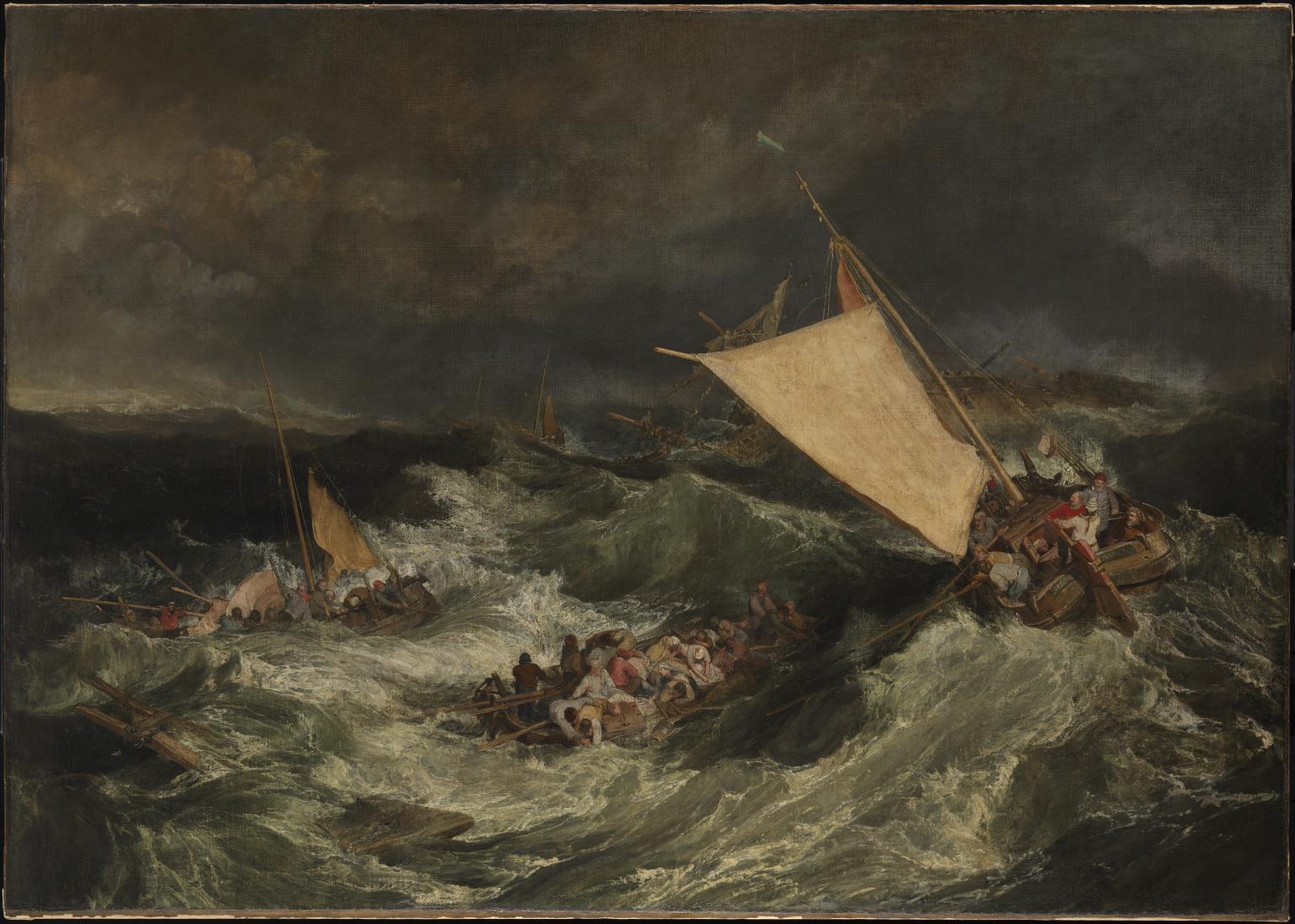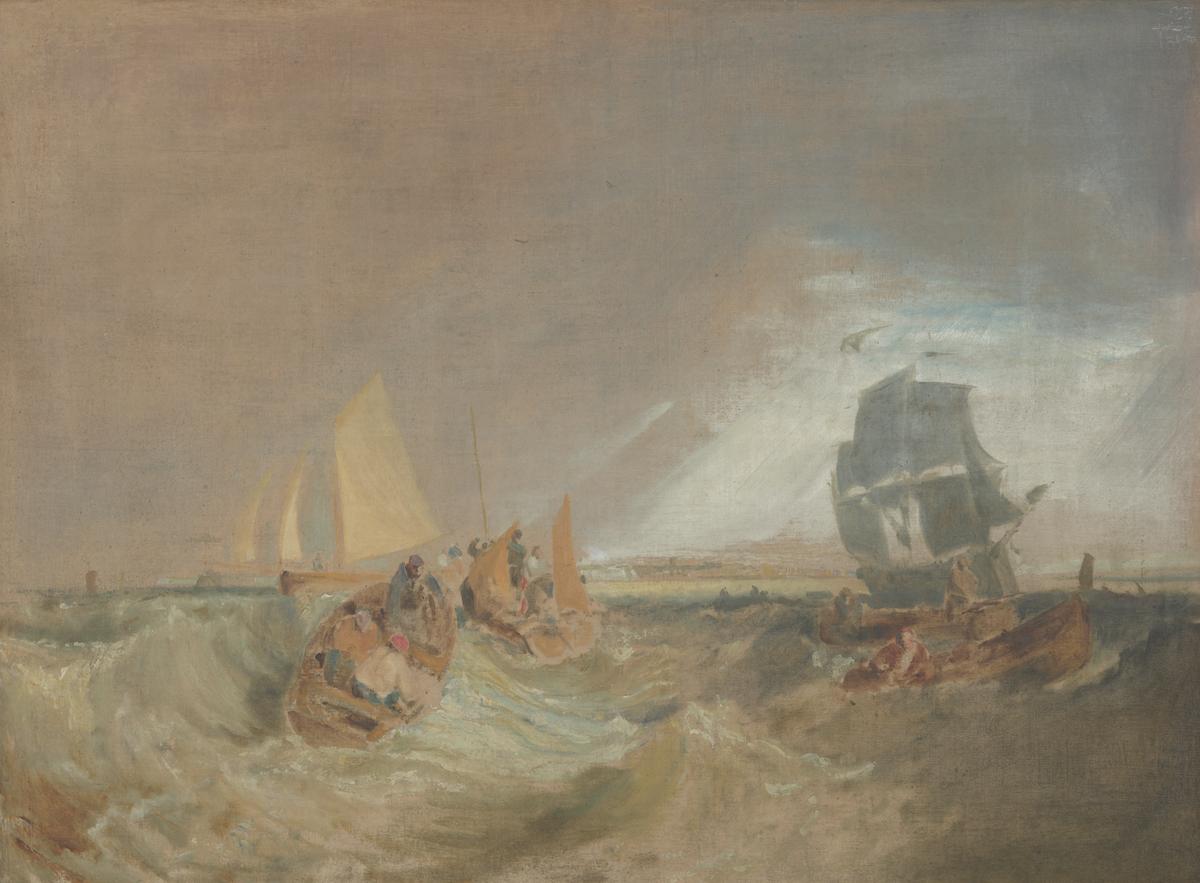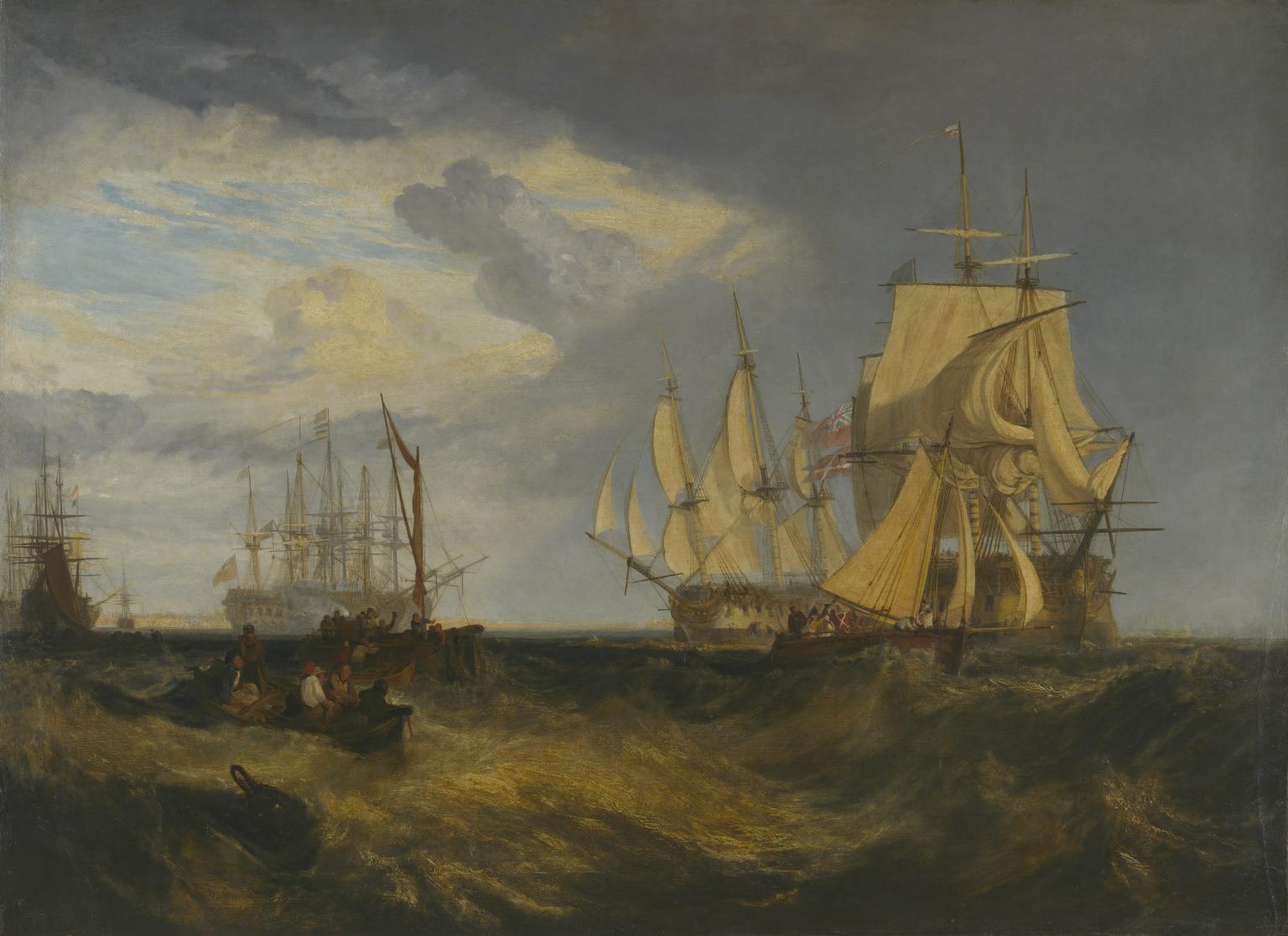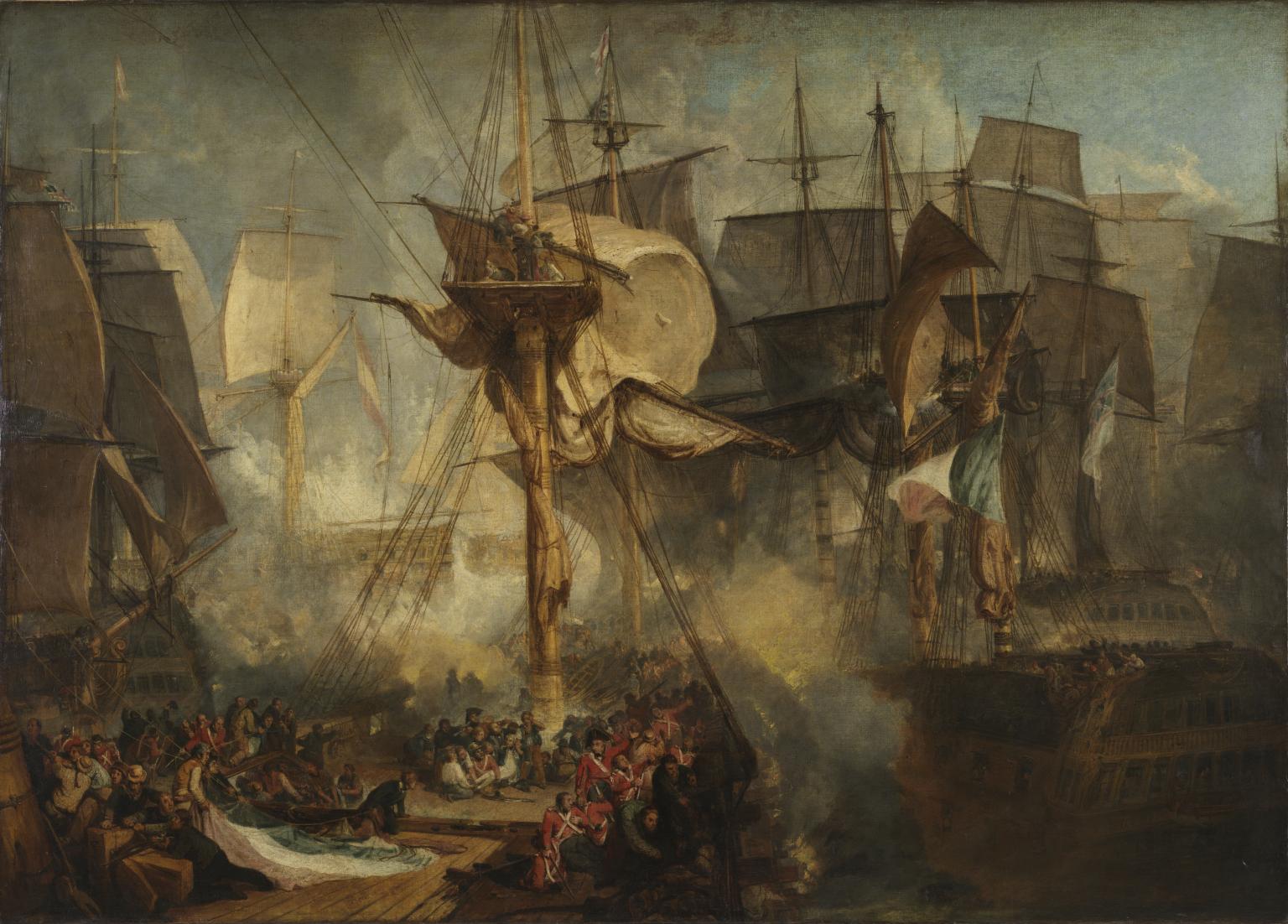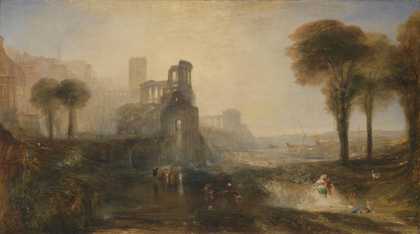Uncover the ways Turner's extensive travels around Europe inspired his art
Turner first travelled outside Britain in the summer of 1802, when he was 27. Funded by a group of patrons, he visited Switzerland and France, studying in the Louvre in Paris. The Napoleonic Wars (1803–1815) prevented foreign travel. From 1817 Turner explored France, Belgium, the Netherlands, Germany, Luxembourg, Denmark, Bohemia (now the Czech Republic), Switzerland and, most notably, Italy.
Turner made his first trip to Italy in 1819. The historical monuments and works of art, the scenery and light hugely inspired him. He returned to Italy a number of times, including extended visits to Venice, Rome and Naples.
Travel was difficult and expensive at the start of Turner’s career. He often journeyed on foot or by horse-drawn coach, with sketchbooks and drawing materials as his main baggage. With the introduction of steam power, travel times greatly reduced. When Turner landed in Calais in 1802, he had already been travelling for several days since leaving London. By the 1830s he could board a steamboat near London Bridge and be in France, Belgium or the Netherlands in a few hours.
Art in this room
Sorry, no image available
